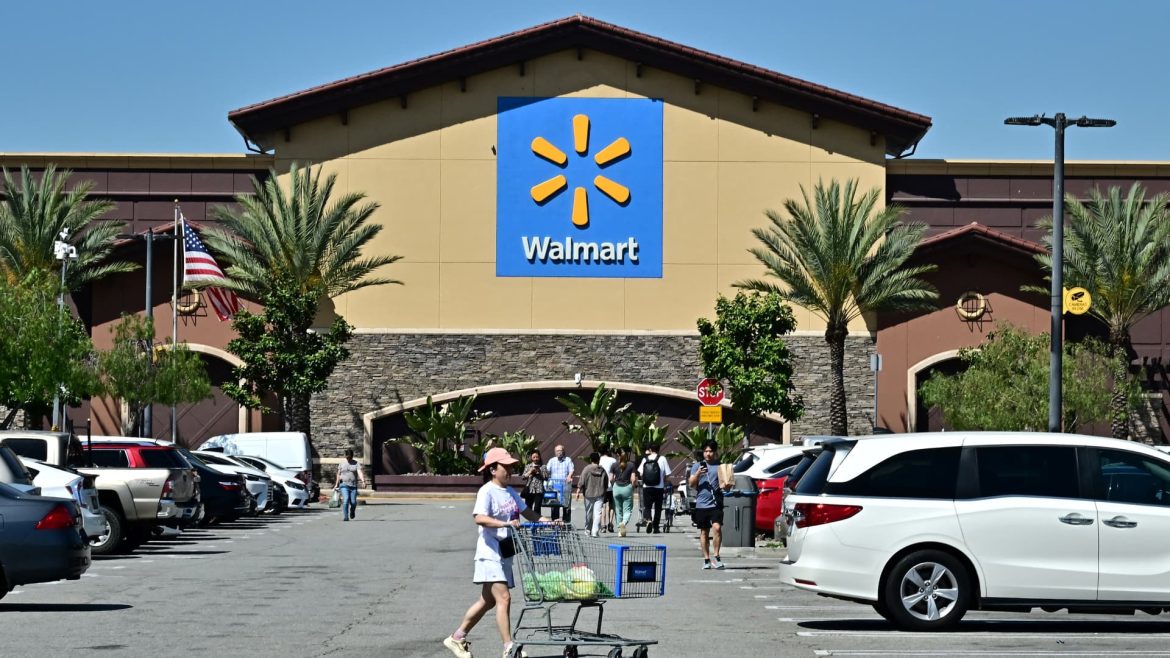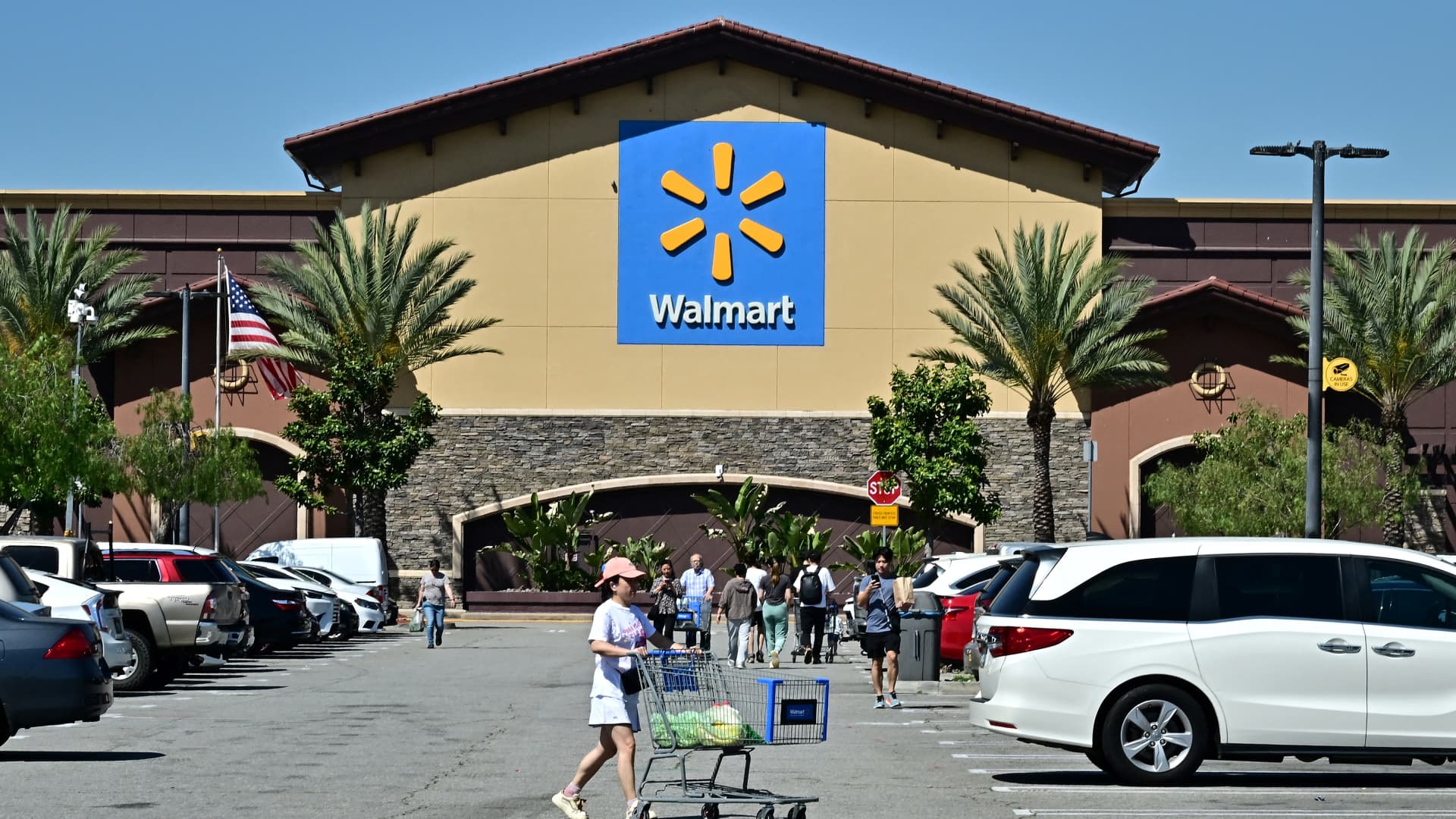President Donald Trump recently publicly reprimanded Walmart following the retailer’s announcement that it would raise prices on certain goods due to increased tariff-related costs. This development reflects the ongoing tension and complex interplay between government trade policies and large retail operations amid the U.S.–China trade war.
Background: Tariffs and Walmart’s Pricing Pressures
The Trump administration implemented a series of tariffs on imports from China, with some levies as high as 30%, designed to address trade imbalances and encourage domestic manufacturing. These tariffs have inevitably increased the cost of goods Walmart imports, affecting its pricing strategy. Walmart, the world’s largest retailer, prides itself on offering low prices, making it uniquely sensitive to any cost increases.
Chief Executive Officer Doug McMillon acknowledged in recent investor calls that while Walmart strives to keep prices low, absorbing the full effect of tariffs is no longer feasible. The company pledged to minimize price hikes, particularly on groceries, but projected that some product prices would rise starting in late May and into June. Walmart also indicated it was working closely with suppliers to mitigate the inflationary pressure, but the “high cost of tariffs” was an unavoidable factor influencing pricing decisions.
Trump’s Response: “Eat the Tariffs”
President Trump responded directly on social media, urging Walmart to “eat the tariffs” instead of passing costs onto consumers. His critique framed Walmart’s pricing increases as an unnecessary “blaming” of tariffs for higher prices. The administration’s stance suggests that importers and retailers should absorb the additional tariff expenses “as is,” without transferring those costs downstream to shoppers.
Trump’s messaging reflects a broader narrative he has maintained that foreign producers should bear the tariff burden rather than American consumers or businesses. However, this approach encounters challenges in real-world economics. Large retailers like Walmart operate on tight margins and complex supply chains where absorbing significant cost increases is difficult over extended periods.
Walmart’s Position and Economic Realities
Despite Trump’s admonishments, Walmart’s executives have characterized the tariff levels as “too high,” particularly on Chinese goods, signaling a disconnect between the administration’s political messaging and the operational realities facing multinational retailers. Walmart’s CEO and financial disclosures suggest careful balancing acts: maintaining low prices to preserve market share while managing increased costs due to trade policies.
Walmart’s pricing power and scale provide considerable leverage compared to smaller competitors. Analysts note the retailer’s diverse product assortment and strong e-commerce division position it relatively well to weather tariff-induced inflation. Still, inevitable price increases appear to be filtering through to consumers, signaling the limits of absorbing external cost shocks indefinitely.
Broader Consumer and Market Impacts
The Walmart price hikes have symbolic and practical significance. As a price leader in the retail sector, Walmart’s moves often serve as a bellwether for consumer inflation trends. The tariffs and corresponding price increases have contributed to a drop in consumer sentiment, with reports indicating sentiment fell nearly 3% between April and May, partly due to uncertainty triggered by trade policies and price pressures.
The more tariffs elevate product costs, the greater the inflationary pressure on the retail sector, potentially dampening consumer spending or shifting behaviors toward alternatives. Walmart’s warning of price increases highlights that despite efforts to shield shoppers, tariff-driven cost pass-throughs are imminent in the near term.
Supply Chain Considerations and Supplier Dynamics
In addition to direct price effects, Walmart is collaborating with suppliers to share tariff burdens, seeking to manage the overall impact. This cooperation suggests upstream suppliers also face pressures to optimize costs or absorb part of the tariffs, adding complexity to the supply chain.
Retailers and suppliers alike have privately warned policymakers that continuous tariff escalations could disrupt supply chains, risk empty shelves, and ultimately hurt U.S. consumers. Walmart’s candid acknowledgment of tariff costs influencing both prices and supply underline the trade tensions’ tangible consequences.
Conclusion: The Collision of Trade Policy and Retail Economics
The clash between President Trump and Walmart spotlights the challenging economic balancing act tariffs impose on retailers and consumers. While the administration contends tariffs serve a strategic purpose and should not be shifted to customers, the operational reality makes full absorption by retailers almost impossible in the long term without price adjustments.
Walmart’s move to raise prices underlines the limits of cost absorption in globalized supply chains and reflects a broader inflationary ripple from trade disputes. The public spat highlights fundamental tensions between political objectives and economic pragmatism, with everyday consumers ultimately positioned at the nexus of these competing forces.
In sum, Walmart’s tariff-related price increases and Trump’s insistence on absorbing costs paint a vivid picture of the complexities in translating trade policy into market outcomes. Consumers may find themselves paying the price, even as policymakers and retailers maneuver through an evolving tariff landscape fraught with uncertainty.





